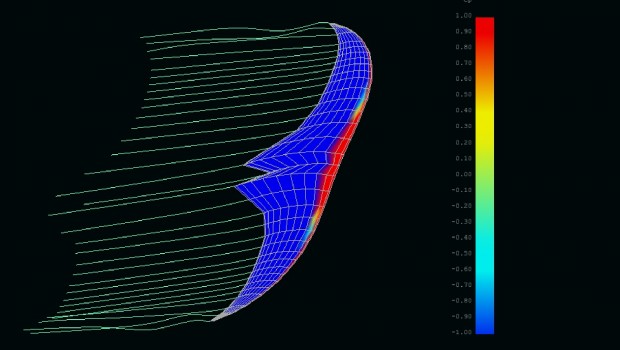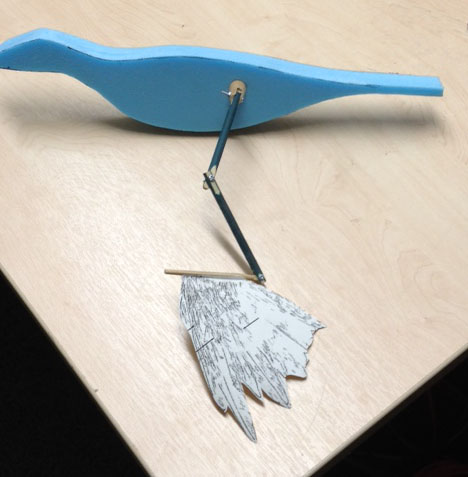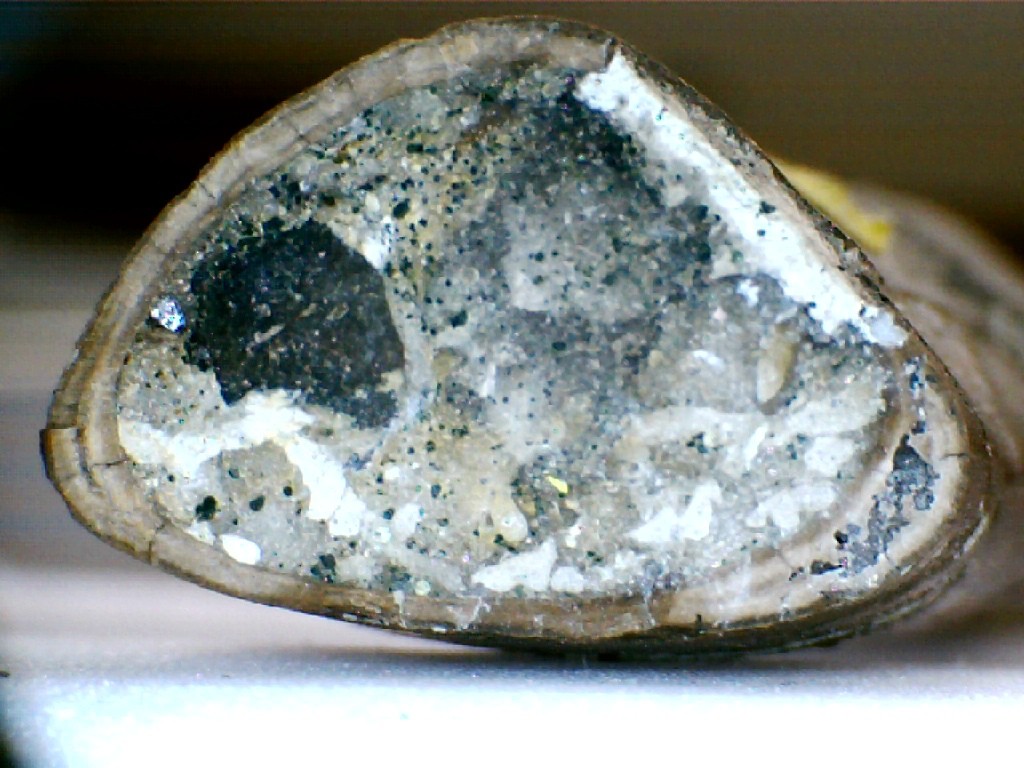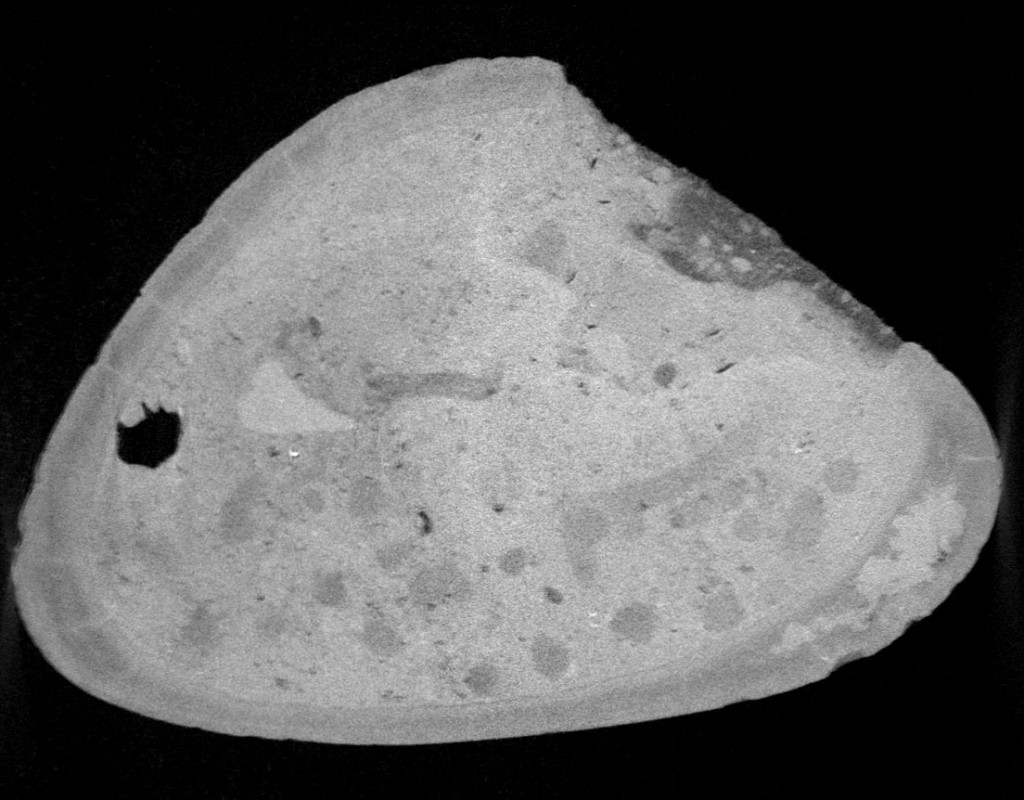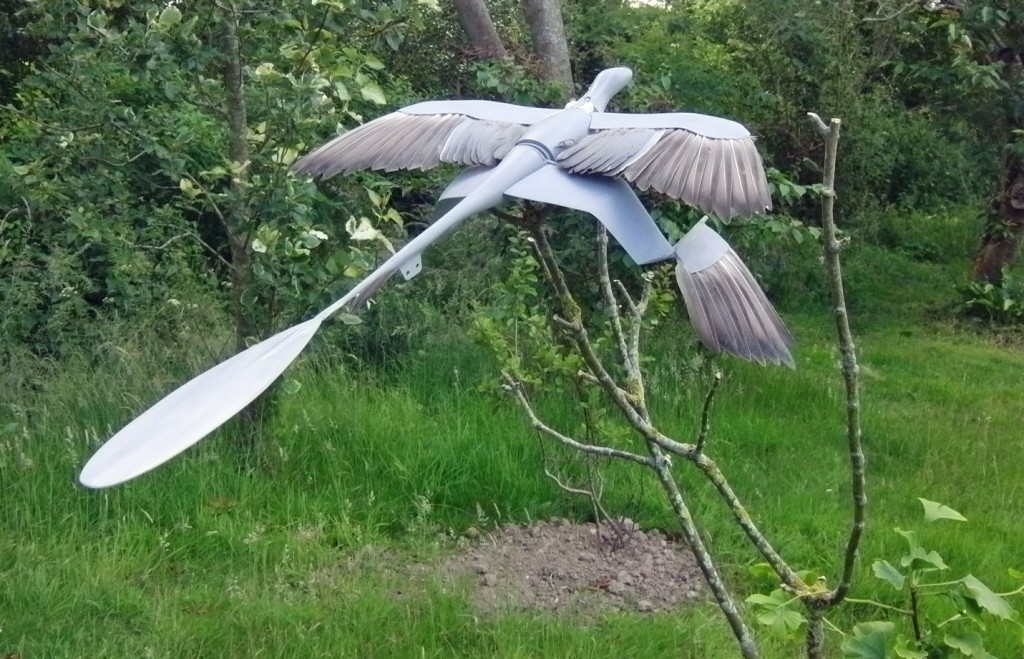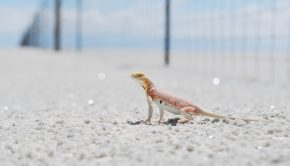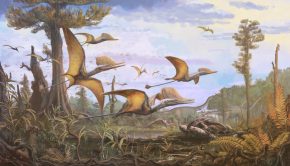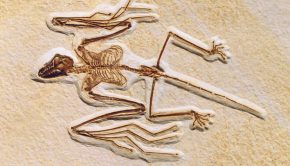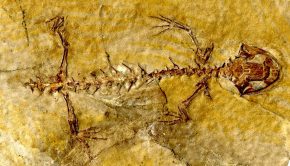Episode 42: Pterosaur aerodynamics
Palaeontology is more than just going out into the field, digging up bones, and putting them back together. A good understanding of biology, geology, and even engineering can help to figure out how extinct animals lived and especially how they moved around.
To further comprehend how we can use knowledge of engineering in palaeontology, especially with respect to understanding extinct animal flight, we spoke to Colin Palmer from the University of Bristol, and the University of Southampton. His background in engineering provides a unique set of skills and angle to studying pterosaur flight.
Podcast: Download (Duration: 45:59 — 63.1MB)
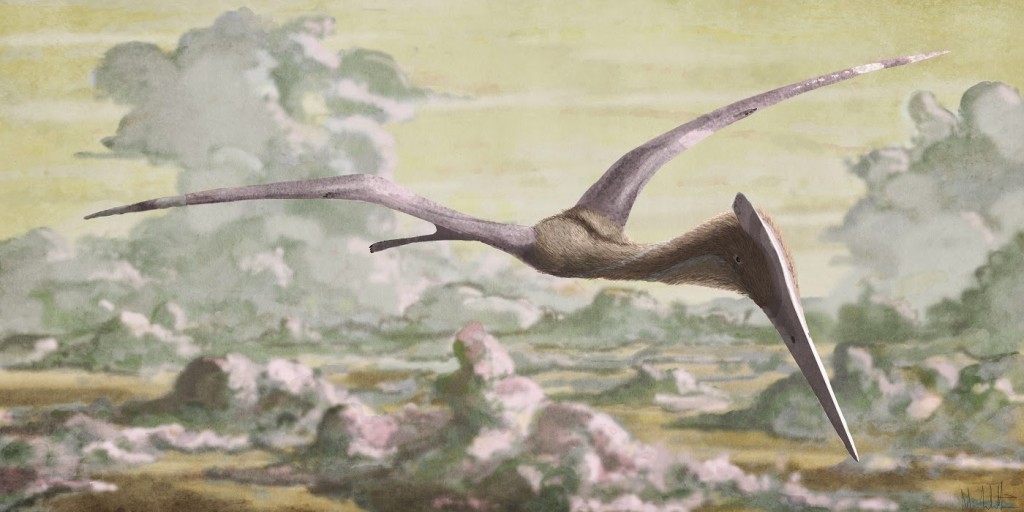
‘Generic’ azhdarchid pterosaur, similar to Quetzalcoatlus. Image courtesy of Mark Witton.
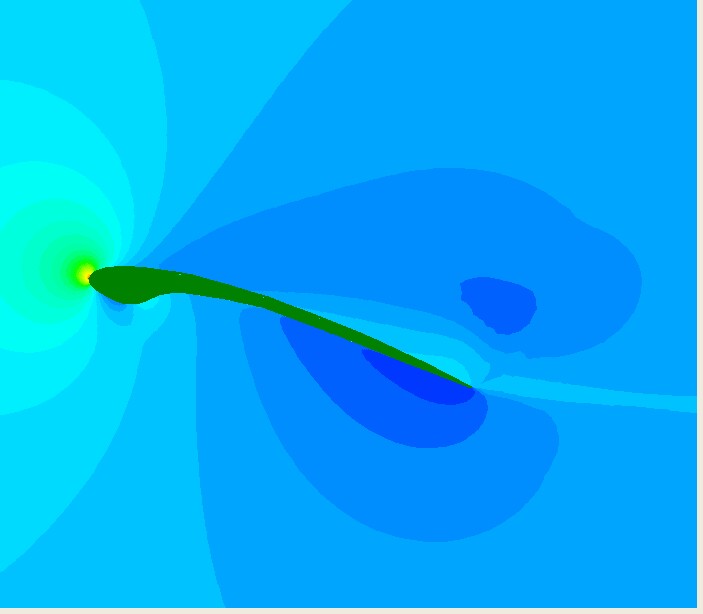
Using 2D computational fluid dynamic (CFD) modelling to understand the effects of different wing section shape and wing geometry. This shows how air moves around the shape in question.
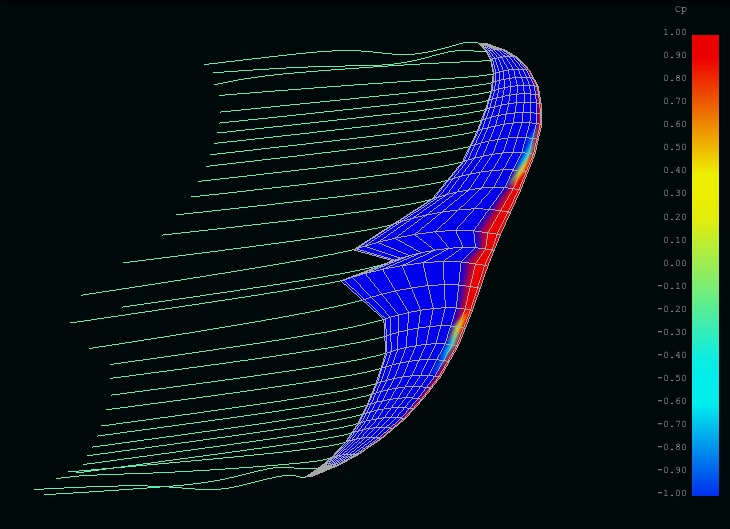
3D CFD model to understand the effects of different wing section shape and wing geometry. The red areas indicate where the wing is under the highest pressure (at the front and in the middle of the pterosaur).
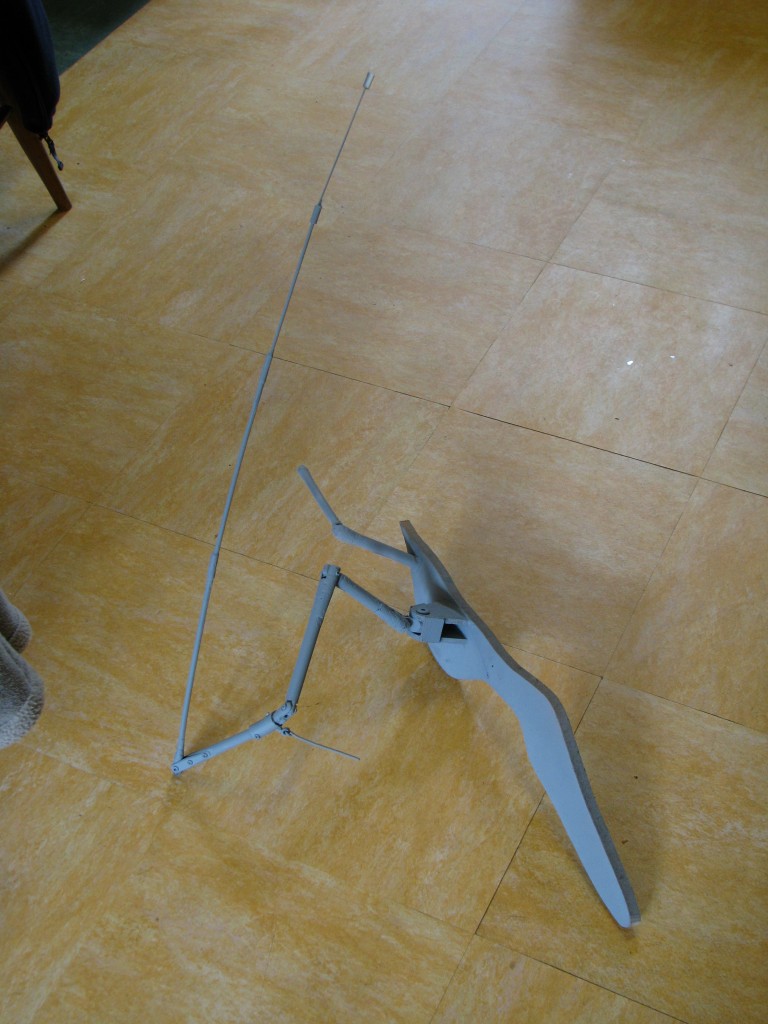
Using simple models to visualise the wing articulation of a pterosaur. This represents (from the body moving towards the end of the wing) the humerus, radius/ulna, long wing metacarpal and pteroid, and wing phalanges 1-4.
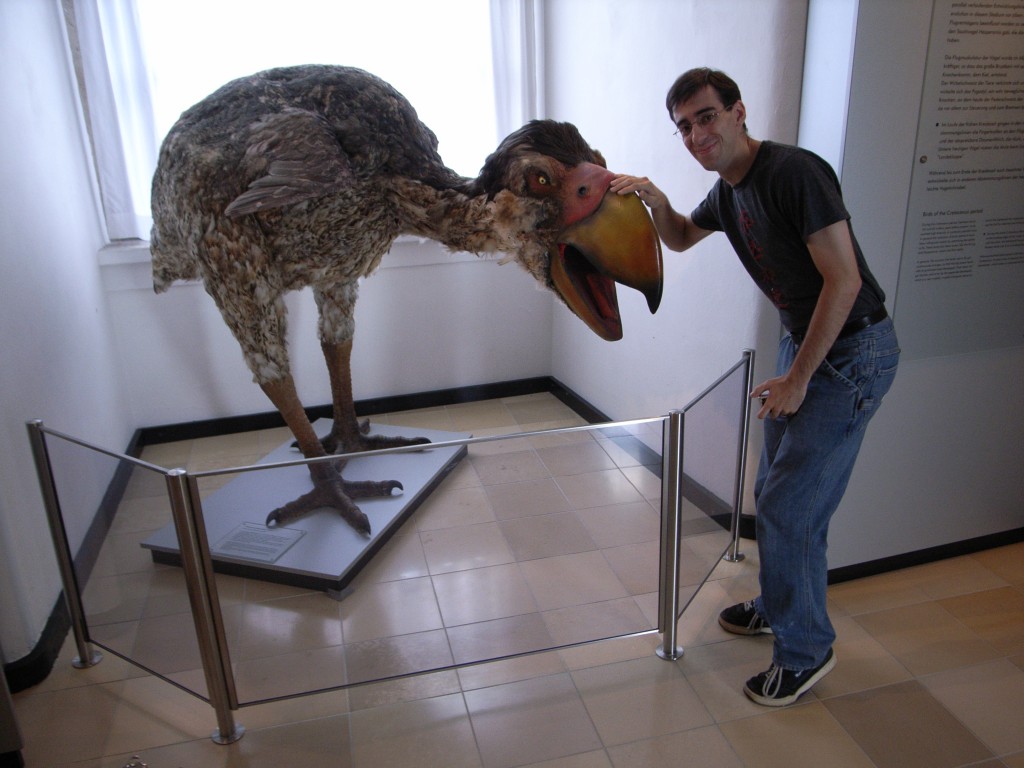
Mike Habib, one of Colin’s collaborators specialising on the quadrupedal launch and giant size of pterosaurs, getting friendly with a Diatryma.
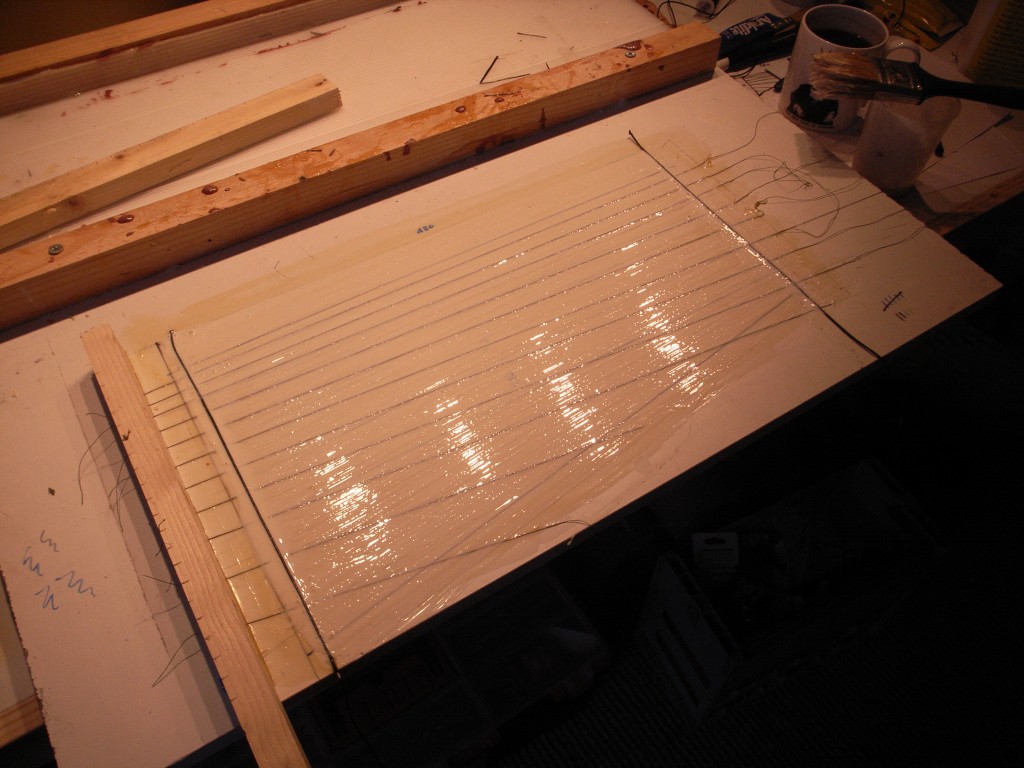
Using cotton thread and latex rubber to make a wind tunnel model of a pterosaur wing membrane. More recently found fossils have shown us that pterosaur wings were stiffened with long fibers called actinofibrils, represented by the cotton thread.
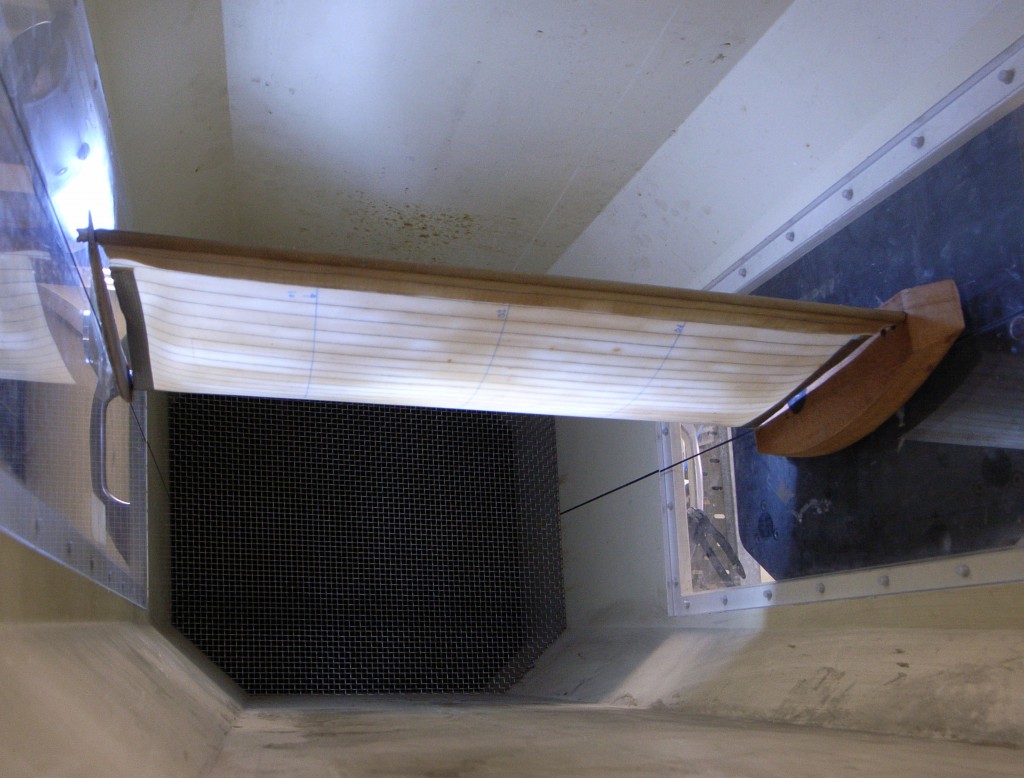
The model in the wind tunnel which allows us to see how it would have behaved under different wind conditions, and start to understand the method of flight.
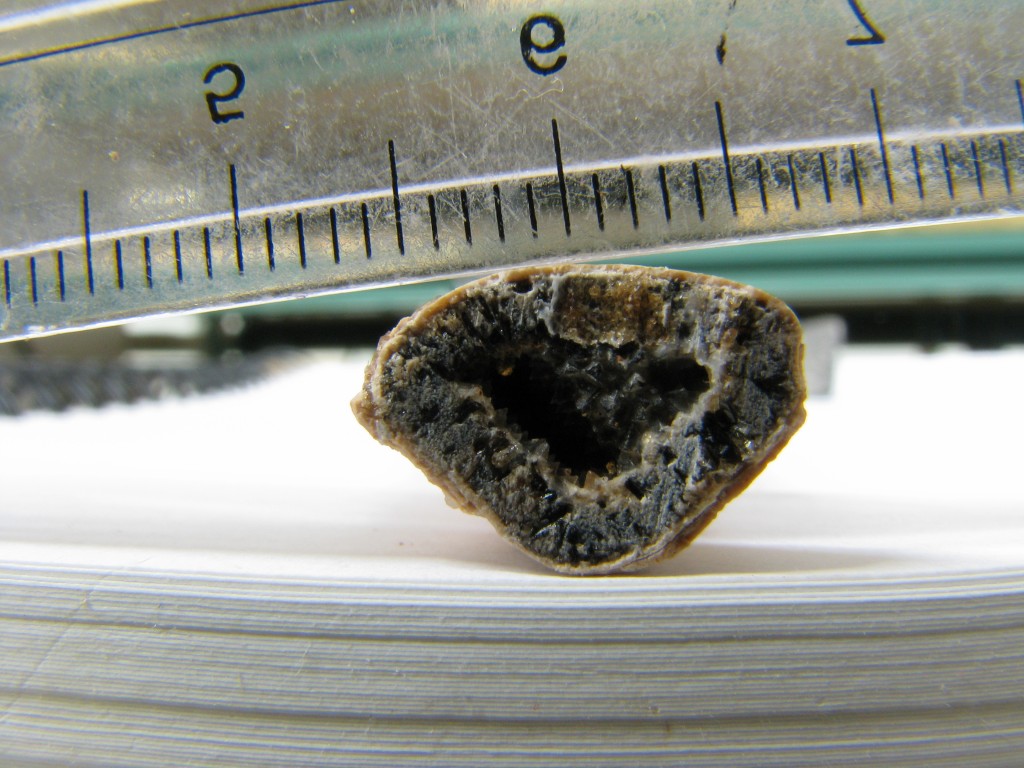
Different methods by which to understand the cross section of a wing phalanx (wing finger bone – note the extremely thin bone walls!): By simply photographing a broken section…
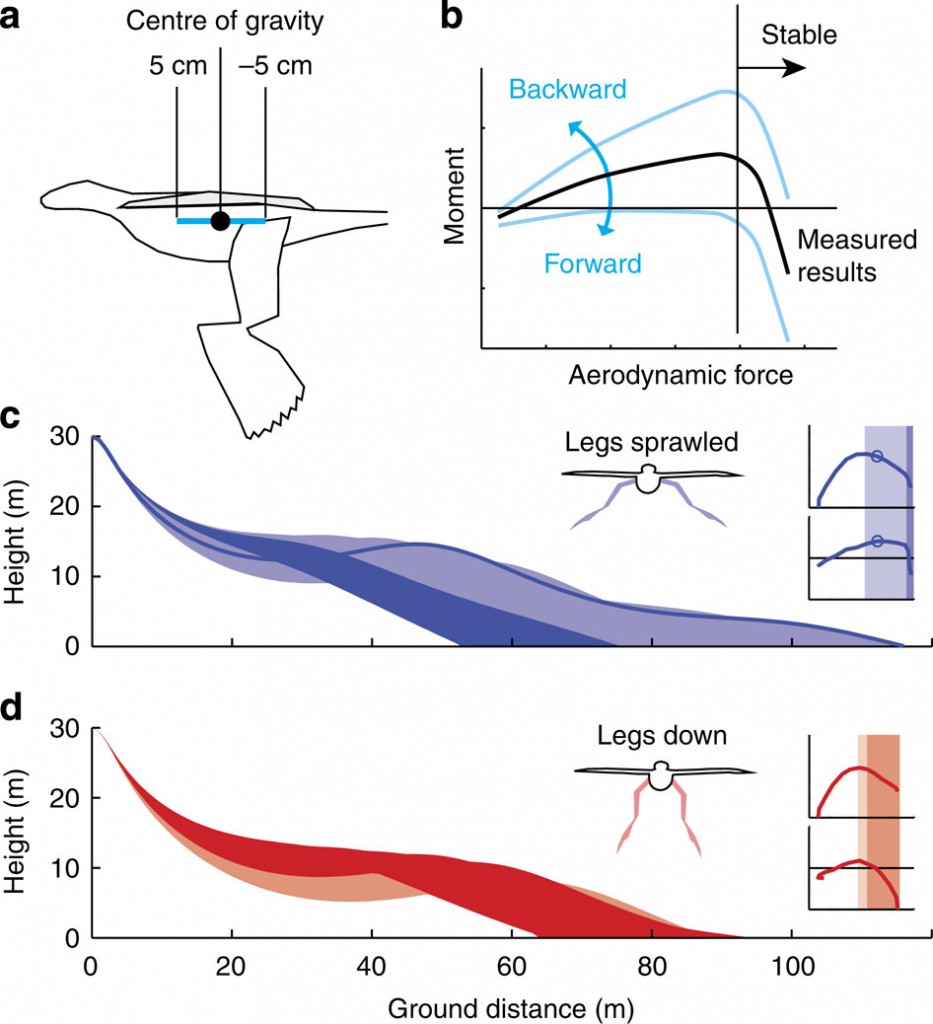
Results from Dyke et al. (2014) study in Nature Communications on Microraptor flight showing the change in centre of gravity (a) and the effect of the change (b); and the effect of changing the position of the legs from sprawling (c) to down (d). This study showed that the most aerodynamically likely position was with the legs down as the darker shaded part allows for a further stable glide.
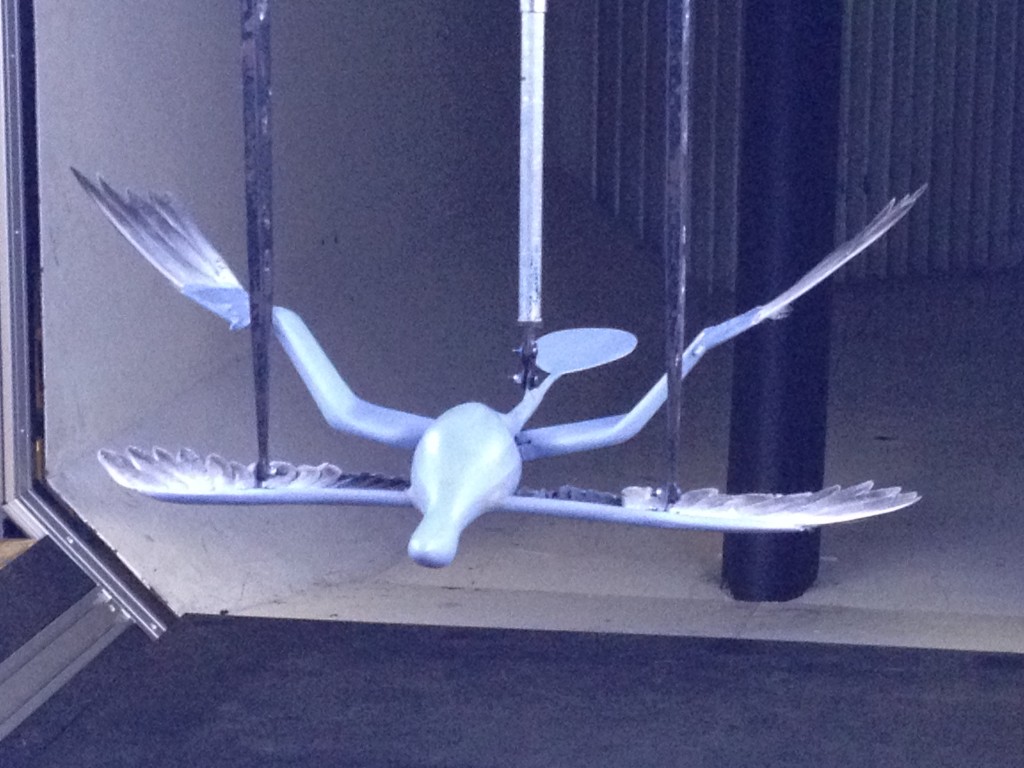
‘Maurice’, the model Microraptor, in a rather undignified pose in the wind tunnel. It was this model that gave that led to the results of the above paper.
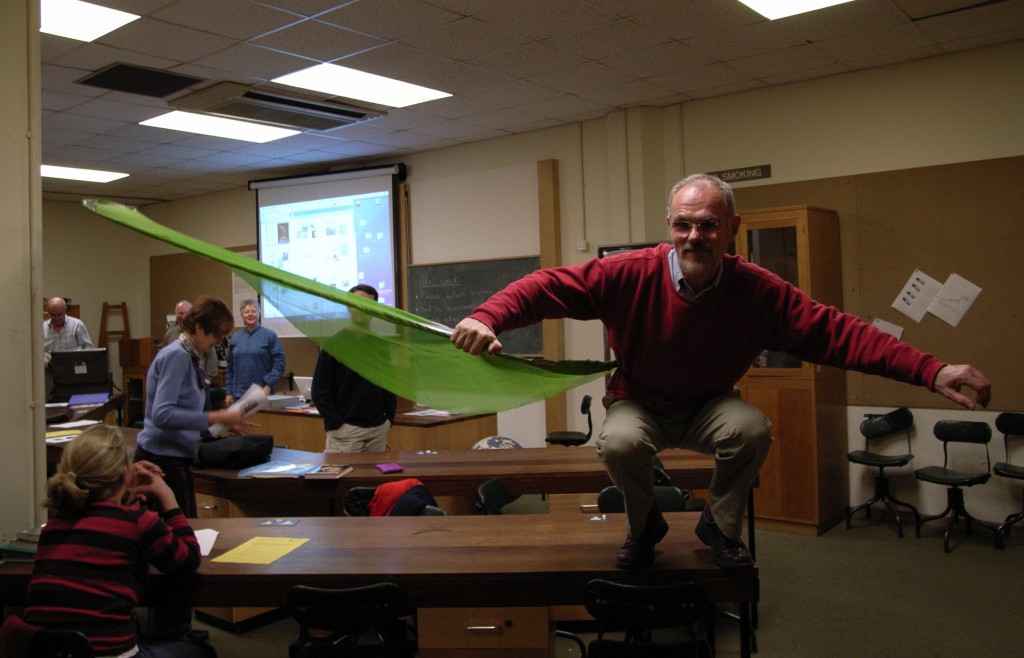
Colin Palmer demonstrating pterosaur wing morphology to students at the University of Bristol. The long wing finger goes out to the left of his hand, while the pteroid is represented to the right of his thumb.
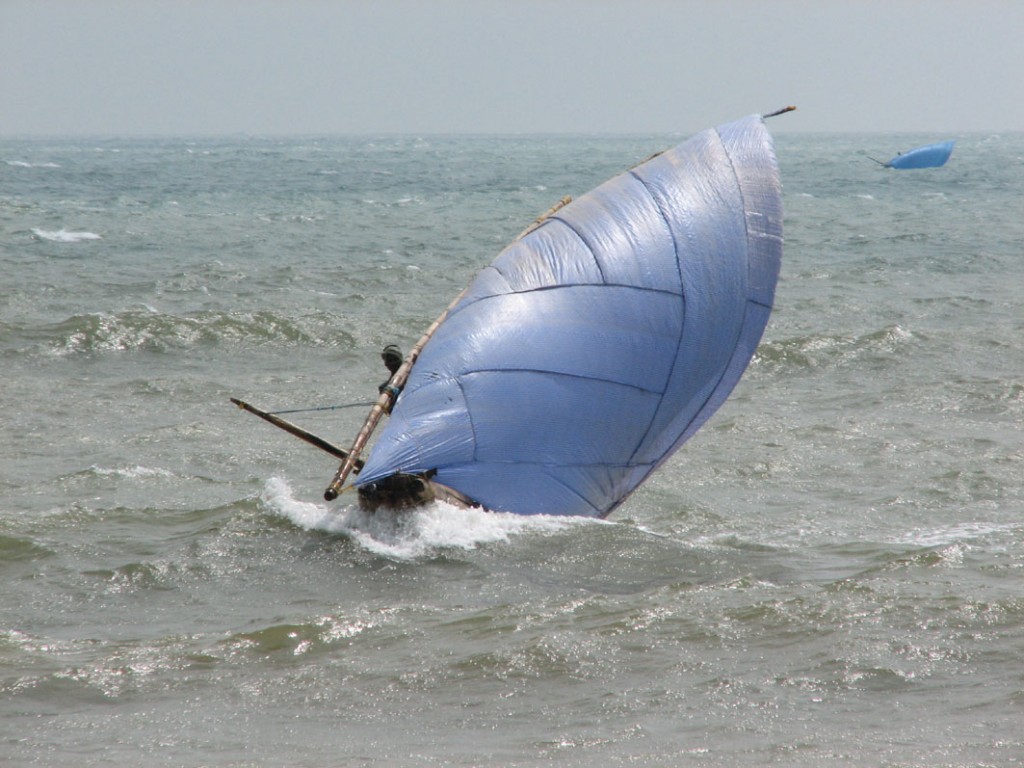
Many years ago (1985) Colin worked with fishermen in India, hoping to help them improve their ability to sail. The way they carry their sails is very reminiscent of the pterosaur wing.

